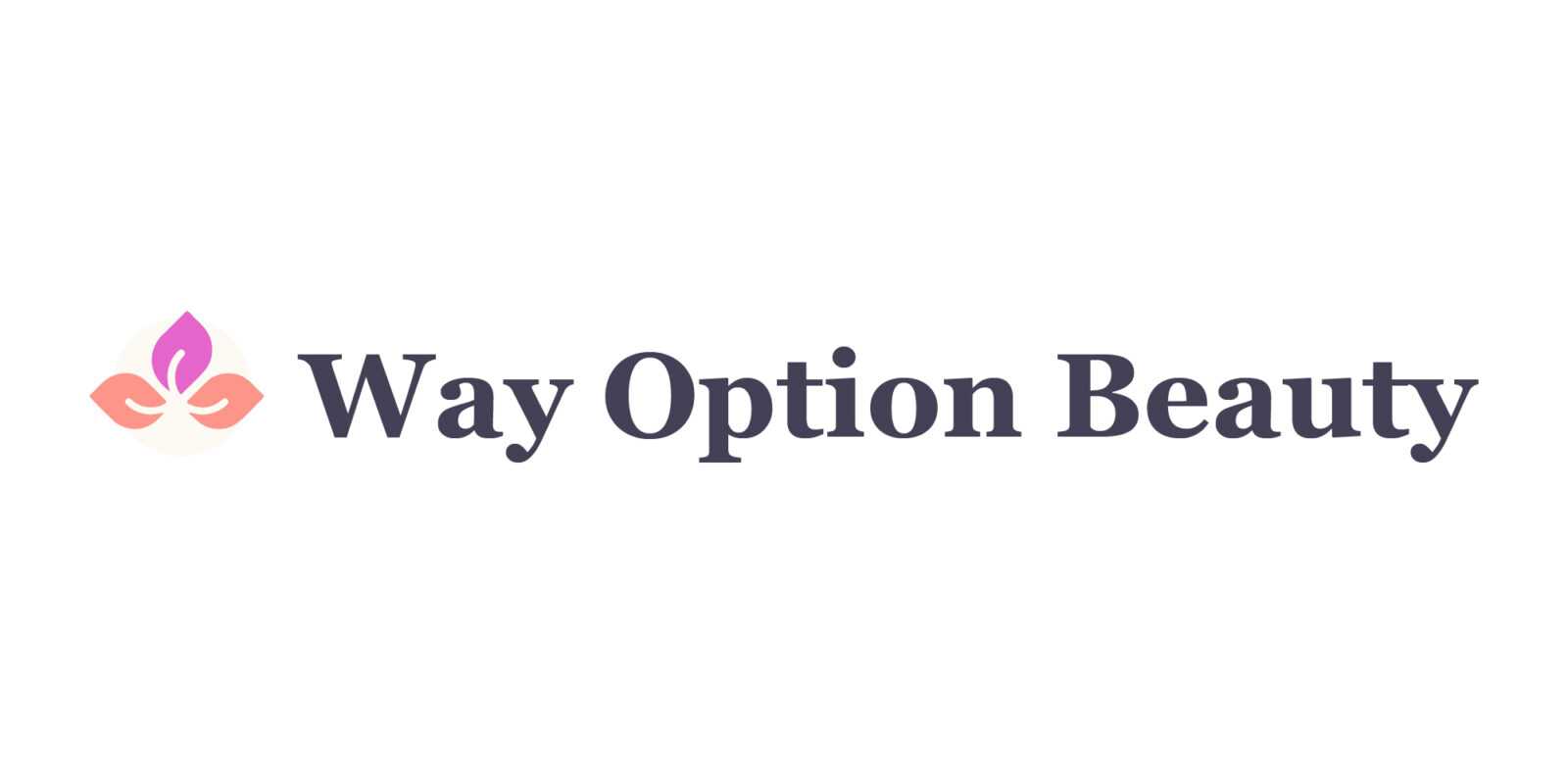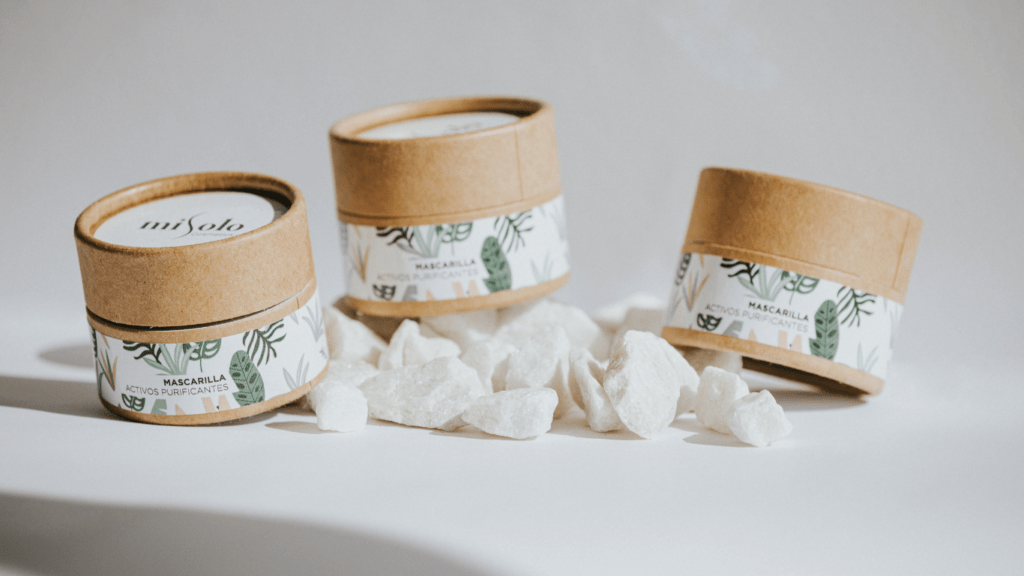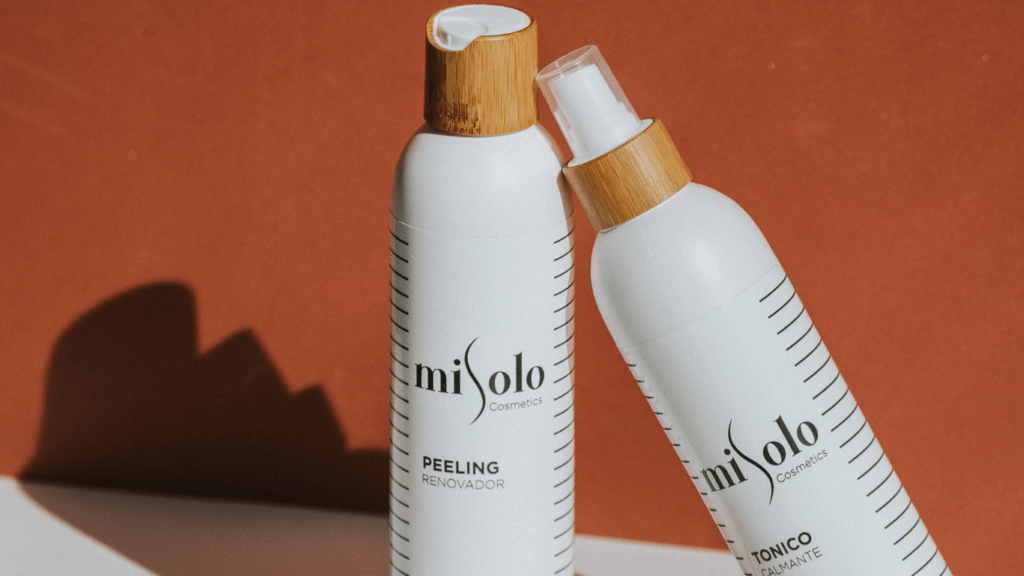Importance of Sustainable Packaging
Sustainable packaging is crucial for the beauty industry as it addresses several environmental issues. It reduces waste, decreases pollution, and conserves natural resources. Incorporating sustainable materials, such as biodegradable plastics and recyclable glass, not only helps the planet but also resonates with eco-conscious consumers.
The beauty sector contributes significantly to plastic waste. By switching to sustainable packaging, brands can drastically cut down their plastic usage. For instance, using bamboo or paper-based packaging diminishes reliance on fossil fuels and lowers carbon footprints. Consumers are increasingly aware of the ecological impact, and brands that adopt green initiatives often gain customer trust and loyalty.
Sustainable packaging also improves a brand’s marketability. Companies that prioritize environmental concerns can stand out in a crowded market. This attracts consumers looking for products that align with their values. Moreover, sustainable practices often come with certifications, adding an extra layer of credibility and appeal for eco-minded shoppers.
Economic benefits also accompany sustainable packaging. Even though initial costs may be higher, sustainable materials can lead to long-term savings. Reusable or refillable containers, for example, reduce the need for single-use packaging, which can be costly over time. Additionally, brands implementing sustainable solutions may benefit from potential tax incentives and grants focused on environmental sustainability.
Sustainable packaging is not just an environmental necessity; it’s a strategic advantage in the beauty industry. It offers extensive benefits, including:
- waste reduction
- consumer appeal
- market differentiation
- economic savings
Innovations in Sustainable Packaging
The beauty industry drives innovation in sustainable packaging to meet eco-conscious consumer demands. Brands are investing in advanced materials and smart design to reduce environmental impact.
Biodegradable Materials
Biodegradable materials, like cornstarch and mushroom mycelium, are gaining traction. These materials decompose naturally, leaving minimal environmental footprint. For example, cornstarch-based packaging can break down in a few months under composting conditions. Mushroom mycelium, grown from fungal roots, forms robust, eco-friendly alternatives to plastic. In turn, beauty brands leveraging these materials help reduce plastic pollution and appeal to mindful consumers.
Refillable Containers
Refillable containers are another major innovation. By offering products in reusable containers, brands cut down on single-use plastic waste. For instance, some companies provide refill stations or subscription services for products like lotions and shampoos. Consumers buy refills in eco-friendly packets instead of new bottles, significantly reducing packaging waste. This system not only minimizes environmental impact but also fosters brand loyalty through convenient, sustainable practices.
Minimalist Packaging
Minimalist packaging focuses on reducing material usage. Brands achieve this by designing smaller, lighter packages or by eliminating unnecessary components. For example, some brands use single-layer boxes or direct-print labels to minimize material consumption. Additionally, minimalist design often correlates with aesthetic appeal, attracting consumers interested in both sustainability and style. Reducing packaging not only lowers waste but also cuts production costs, offering economic benefits alongside environmental ones.
Leading Brands Adopting Sustainable Packaging

Several leading beauty brands are making significant strides in adopting sustainable packaging. These companies are setting an example for the industry by focusing on eco-friendly practices.
Brand A
Brand A, renowned for its luxury cosmetics, has incorporated recyclable glass and biodegradable materials into its packaging. Since 2020, they’ve eliminated over 500 tons of plastic waste by shifting to eco-friendly alternatives. By using cornstarch-based bioplastics, Brand A ensures that their packaging decomposes naturally. Their commitment extends to refillable containers, reducing the need for single-use plastics. These steps help in conserving natural resources and winning consumer trust.
Brand B
Brand B, a leader in skincare, has introduced refill stations in stores allowing customers to reuse bottles. This initiative has reduced single-use plastic waste by 40% annually. They’ve also launched a line with packaging made from 100% recycled ocean plastics. Brand B collaborates with environmental organizations to clean marine debris, transforming waste into sleek, stylish packaging. This dual approach not only lowers their carbon footprint but also appeals to eco-conscious shoppers.
Consumer Preferences and Trends
Sustainable packaging is increasingly important in the beauty industry due to changing consumer preferences. Consumers now actively seek eco-friendly products to align with their values.
Growing Demand for Sustainable Products
The demand for sustainable beauty products is surging as consumers become more environmentally aware. According to a 2020 Nielsen report, 73% of global consumers would change their consumption habits to reduce environmental impact. Brands that use biodegradable materials and offer refillable packaging are seeing higher engagement from eco-conscious shoppers. For instance, many consumers choose products packaged in recyclable glass rather than plastic to minimize waste.
Impact on Brand Loyalty
- Brand loyalty in the beauty sector is heavily influenced by sustainable practices.
- A 2019 study by IBM found that 57% of consumers are willing to change their purchasing habits to help reduce negative environmental impact.
- When brands adopt sustainable packaging, they build stronger connections with their customers.
- Brand A’s switch to cornstarch-based bioplastics and refillable options has significantly bolstered consumer trust.
- Increasingly, shoppers prefer brands known for their environmental commitments, further driving market differentiation and customer retention.
Challenges and Future Directions
Sustainable packaging in the beauty industry faces several challenges and future directions. Addressing these issues is crucial for continuing the positive impact on the environment.
Technological Barriers
Technological barriers persist in developing sustainable packaging. High-quality, eco-friendly materials can be difficult to produce in large quantities. Many biodegradable options, such as cornstarch and mushroom mycelium, lack the durability and shelf-life needed for beauty products. For example, some bioplastics may degrade faster than traditional plastics, affecting product integrity. Advanced materials, like recyclable glass and advanced bio-polymers, often require specialized manufacturing processes that can be expensive and time-consuming to implement.
Additionally, the quest for minimalistic packaging encounters limitations in reducing material waste without compromising functionality. Smart designs aimed at decreasing overall material usage must balance sustainability with user experience, which poses a challenge for both designers and manufacturers.
Regulatory and Compliance Issues
Regulatory and compliance issues add another layer of complexity to sustainable packaging in the beauty industry. Various countries have different standards for eco-friendly materials, making it challenging for brands to maintain uniform sustainability practices across global markets. For instance, what’s considered compostable in one region may not meet the criteria in another, leading to inconsistencies and potential legal complications.
Furthermore, certifications like USDA Organic or Fair Trade require strict adherence to guidelines, often necessitating comprehensive documentation and continuous monitoring. Ensuring compliance with these certifications can be resource-intensive, especially for smaller brands. Additionally, evolving regulations related to plastic waste and recycling mandates compel brands to stay updated on compliance, impacting their packaging strategies and potentially leading to increased operational costs.
Navigating these regulatory landscapes is crucial as brands strive to uphold their commitments to sustainability while mitigating legal and financial risks.



